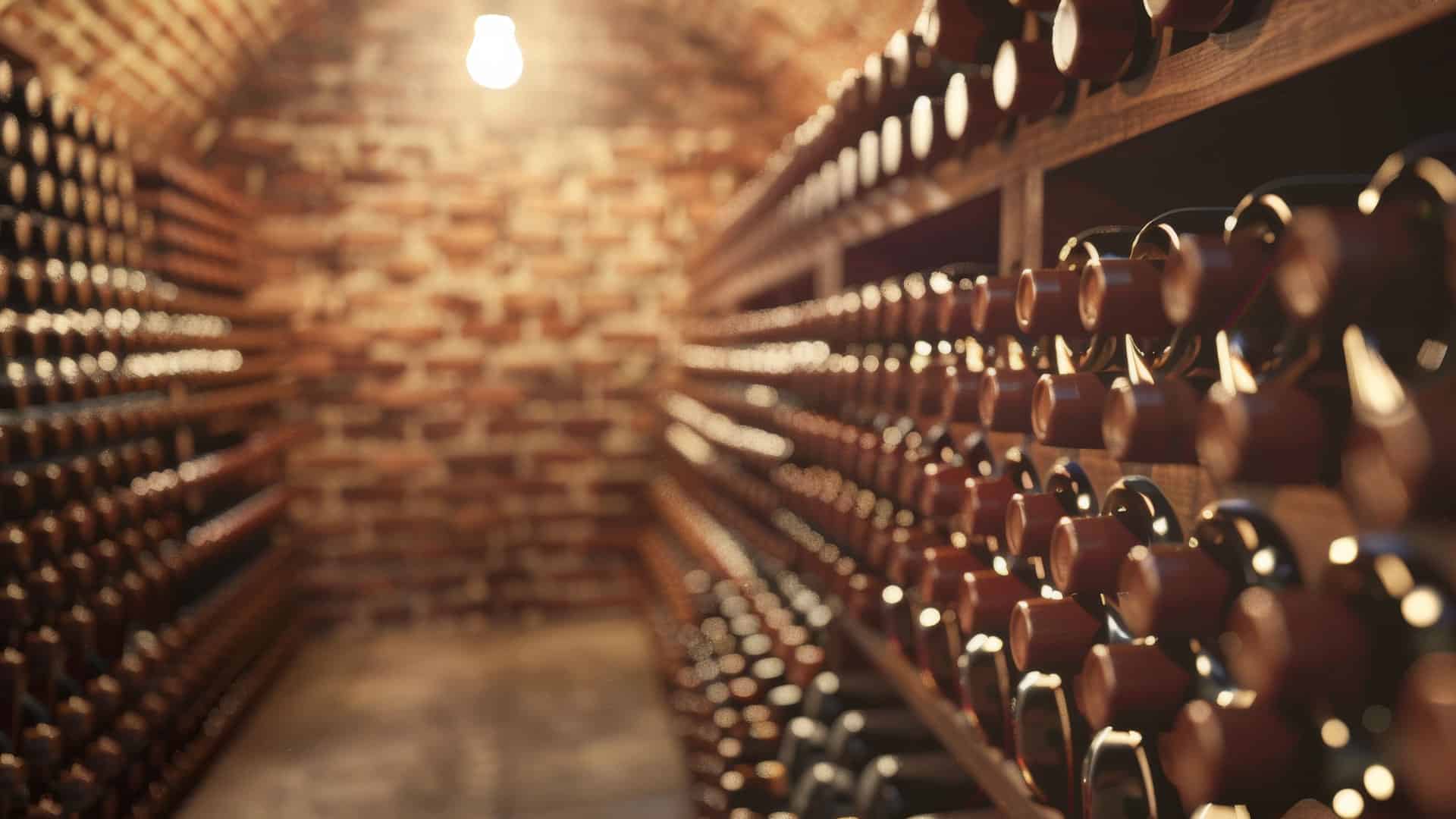Bottle fermentation, also known as the method champenoise or traditional bottle fermentation, is a process for producing sparkling wine, particularly champagne. It is an elaborate and high-quality process that is often used for luxury or premium sparkling wines.
During bottle fermentation, a mixture of yeast and sugar is first added to the base wine to trigger a second fermentation in the bottle. The yeast converts the sugar into alcohol and carbon dioxide, whereby the resulting CO2 gas pressure remains in the bottle and forms the sparkling wine.
During fermentation in the bottle, yeast deposits also form, which are known as lees or yeast plugs. After fermentation, the wine remains on the lees for a certain period of time to promote the development of aromas and the maturation of the wine. This process is known as lees ageing or maturation on the lees.
To remove the yeast deposits, bottle fermentation is completed by riddling and disgorging. During riddling, the bottles are shaken at certain angles and rotations to bring the yeast deposits into the neck of the bottle. During disgorging, the neck of the bottle is immersed in a frozen salt solution, freezing the yeast plug and ejecting it along with some wine expansion. The bottle is then quickly sealed with a cap.
Bottle fermentation enables a complex aroma development and a fine perlage in the sparkling wine. However, it requires a lot of time and manual labor, which leads to higher production costs. In addition to champagne, bottle fermentation is also used for other high-quality sparkling wines such as crémant, cava and sparkling wine.

